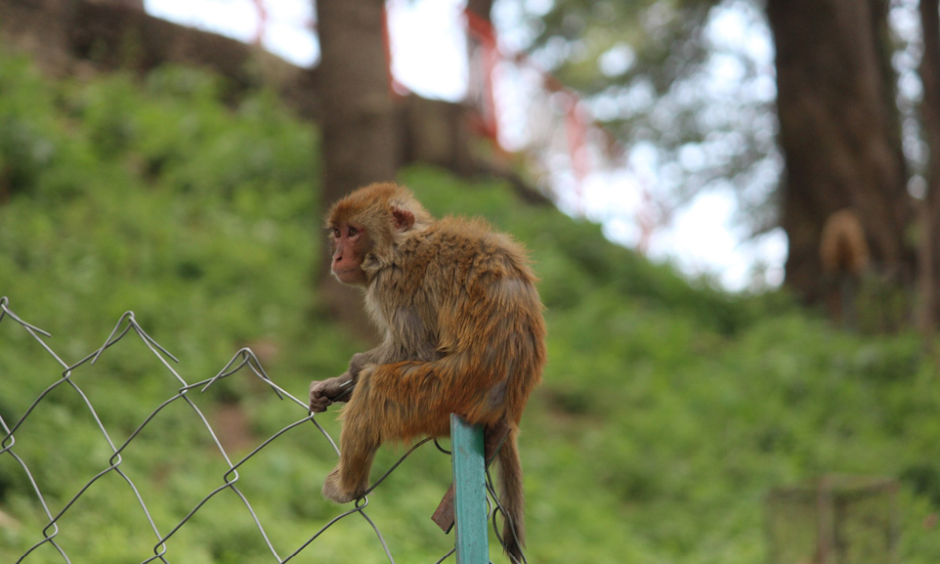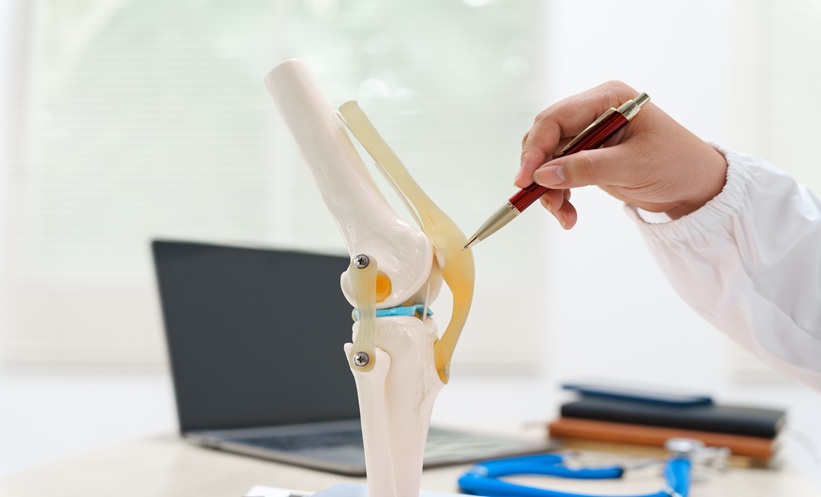SPINAL cord injuries could potentially be treated by grafting human neural progenitor cells into injury lesions, according to a study at UC San Diego, California, USA. Using this method in a primate model, hundreds of thousands of human axons and synapses were grown, leading to improved forelimb movement. The next stage is to conduct trials using the technique in humans.
Cell Grafting
This study built on previous research in rodents, and here the team were able to adapt the technique to overcome methodological problems specific to primates in rhesus monkeys, who are biologically and physiologically similar to humans. In this research, 20 million spinal cord-derived neural progenitor cells (NPCs) were grafted into the injury lesions in the monkeys 2 weeks after the initial injury, supported by growth factors and immune suppression drugs. The NPCs, derived from an 8-week-old human embryonic spinal cord, seemed to be insensitive to inhibitors in the adult central nervous system and also supported robust axion extension.
Partial Recovery of Movement
Partial recovery of movement in the affected monkeys’ forelimbs was observed several months into the study. Over a 9-month period, the grafts grew, expressing key neural markers and sending hundreds of thousands of axons to undamaged cells and tissues on the other side via the injury site. Additionally, the first known regeneration of corticospinal axons, essential for voluntary movement in humans, into the lesion sites was documented.
Use in Humans?
The team believe that given a longer observation period, greater recovery would have been seen. Overall, the findings provide hope that this grafting method will one day successfully be used to treat humans with spinal cord injuries.
“We seem to have overcome some major barriers, including the inhibitory nature of adult myelin against axon growth,” commented Prof Mark Tuszynski, UC San Diego. “Our work has taught us that stem cells will take a long time to mature after transplantation to an injury site, and that patience will be required when moving to humans. Still, the growth we observe from these cells is remarkable, and unlike anything I though possible even 10 years ago. There is clearly significant potential here that we hope will benefit humans with spinal cord injury.”
James Coker, Reporter
For the source and further information about the study, click here.








